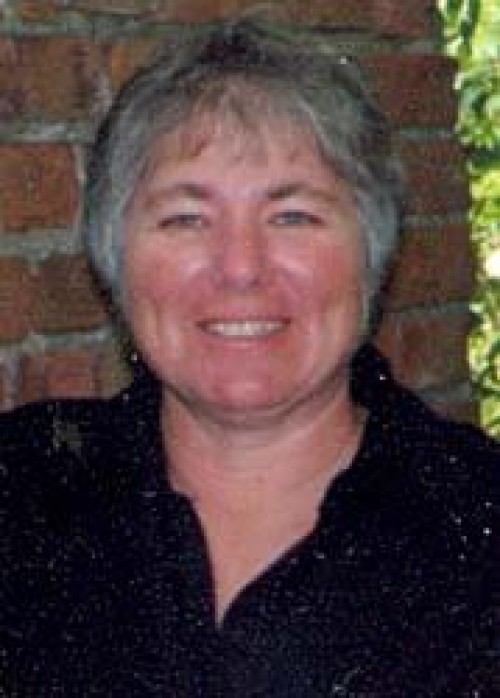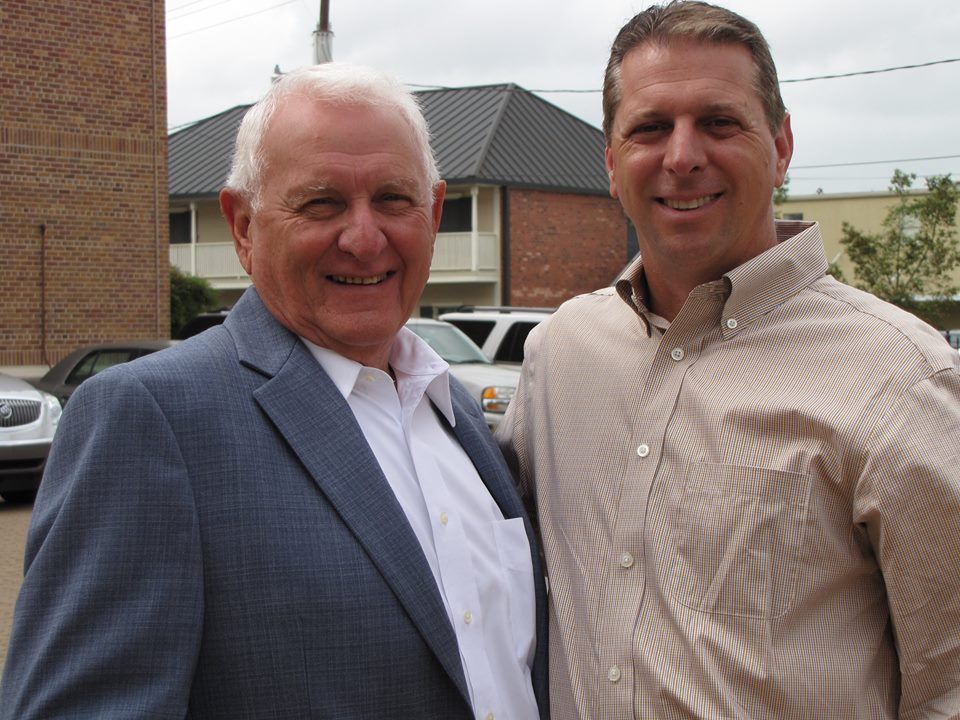
Dierdre A. Badeaux
June 14, 2011Thursday, June 16
June 16, 2011June 1 marked the beginning of the Atlantic hurricane season and turned a lot of folks’ thoughts to hurricane preparedness.
Getting ready for power outages has many stocking up on canned goods and batteries. Others that just can’t bear the thought of south Louisiana heat without the creature comforts of air conditioning and lights turn their attention to generators.
One Houma company stands ready to build a custom generator to meet its customers’ needs in those critical days after a storm makes landfall.
M & L Engine was originally a branch of M & L Industries. When current owner Marvin Marmande Jr. bought the company from his father in 1992, the engine company came into its own.
M & L Engine not only builds custom engines, but is the oldest distributor of Isuzu diesel engines in the western hemisphere and the largest parts distribution center for Isuzu in North America.
“We cover the Gulf Coast, including most of Texas, Louisiana, Mississippi, Alabama, Florida, Georgia and the western portion of Tennessee. We’re also one of the older distributors for what they call low-lift, which keeps everybody around here dry. The parish uses the low-lift pumps and natural gas engines for flood control projects and dewatering,” Sales Manager Mike Barrett said.
When considering purchasing a generator, the first thing to determine is how much power it must provide. Typically, an electrician’s advice is called for.
“The customer will decide whether they want to run all or part of their house or business and with the help of an electrician to work out a lot of other technical issues,” Barrett explained.
At that point, M & L Engine gets involved, reviewing whether a customer wants diesel, natural gas or propane; run times; protection and sound attenuation.
Each type of generator provides customers with options. With a natural gas unit, customers don’t have to worry about chasing down fuel. A plumber can run gas lines to wherever the generator is to be permanently installed.
“[The plumber will] figure out the needs and requirements of the flow of the gas and the correct piping size to be able to get it to the location that you want it,” Barrett said.
Propane’s bottled fuel and diesel’s fuel tanks give generators mobility. The generator can be mounted on a trailer and moved to wherever it’s needed.
“The advantage of a diesel unit is that typically a diesel engine is designed and built to last longer than a natural gas or propane engine,” Barrett said.
No one wants their home or business filled up with fumes from a generator. Barrett said M & L’s generators follow Environmental Protection Agency guidelines for emission standards.
“On propane and natural gas, they have to have a catalytic converter. On the diesels, it’s a little more intricate, a little more technical. But the diesel engines ultimately are going to end up running cleaner than a gas, natural gas or propane engine,” Barrett said.
When the cost of fuel is calculated in, Barrett said natural gas may wind up being more expensive than a diesel unit, and propane is the most expensive fuel.
Generator backfeed is a term utility workers are very familiar with and generator owners need to learn.
Electricity normally flows from a power plant to a home or business. When the power is interrupted and a generator is employed to provide power, electricity can flow in the opposite direction back up the utility lines.
The same lines that are in the hands of utility workers who are trying to restore main line power.
“If the generator is installed properly with the correct transfer switching, either manual or automatic, this does not occur. Backfeed occurs when people basically hack into their own system and do something that’s unsafe for everybody else but fine for them. It’s also illegal,” Barrett warned.
There are two types of transfer switches. Automatic switches tell the generator that main line power has been lost and it’s time to run. The switch will take the home or business off the main line until city power has been restored. Once city power is detected, it will transfer back to city power and direct the generator to turn itself off.
A manual, double-throw switch is just that, a manual-transfer switch. It is a three-position switch with a main line feed, dead neutral, where nothing is on and generator feed.
Automatic transfer switches not only provide convenience during a power outage, but also make maintenance a little easier for those who are a bit forgetful.
Automatic transfer switches have built in clocks so the customer can program the generator to run periodically to keep the engine in tip-top shape.
“If an owner wants to have the unit crank once a week and run for 20-30 minutes, exercise itself, cool off and shut back down, that’s all set and pre-timed in those transfer switches where you don’t have to think about it or worry about it,” Barrett said.
Another important part of keeping a generator in good running condition is preventative maintenance service.
All engines use oil and the run times vary. After a break in period, diesel engines require an oil change at 500 hours. For natural gas and propane units, it’s typically 250 to 300 hours.
“A lot of people don’t think about the generator until they need it. So we’ll come out twice a year, once before hurricane season and once at the end of the season, and change the filters and make sure the fuel is good.
“Obviously, if you have a hurricane or some other catastrophic occurrence where you’re going to run this thing 24/7 for 2, 3, 4 weeks, you’re going to need to get an oil change in there,” Barrett said.
Whether for home or business use, all M & L Engine generator packages are commercial grade.
“We pride ourselves on building a superior product. Ours typically is a one-time purchase. Most standby generators are designed and built to run maybe 20 to 30 hours per year. Down here, a standby generator has to be built to run two, three, four weeks or longer,” Barrett said.
Some of M & L Engine’s customers include Terrebonne’s 911 center, fire stations, sheriff’s department, nursing homes and health-care facilities
“They all use our equipment because critical infrastructure can’t afford to have any down time. A prime instance was Gustav. One of our mechanics was here and got a call from Terrebonne Parish 911 that the generator has stopped operating. They were running on batteries and only had 15 minutes of power left. He was there and kept them running.”
“We have a 60KW at the Superdome. When Katrina hit, that 60KW ran for almost a month non-stop and it’s the only thing that kept the helicopters coming in and out of downtown New Orleans. Without that, a lot more lives would have been lost. I got a nice little email that the heliport manager sent us saying that it was running 24/7 and saving lives. We take a lot of pride in that and we build our equipment to do that.”
M & L Engine Sales Manager Mike Barrett takes pride in the generators his team produces. He claims the combination of his product and good maintenance means customers will only need one generator in their lifetime. JENNIE CHILDS










